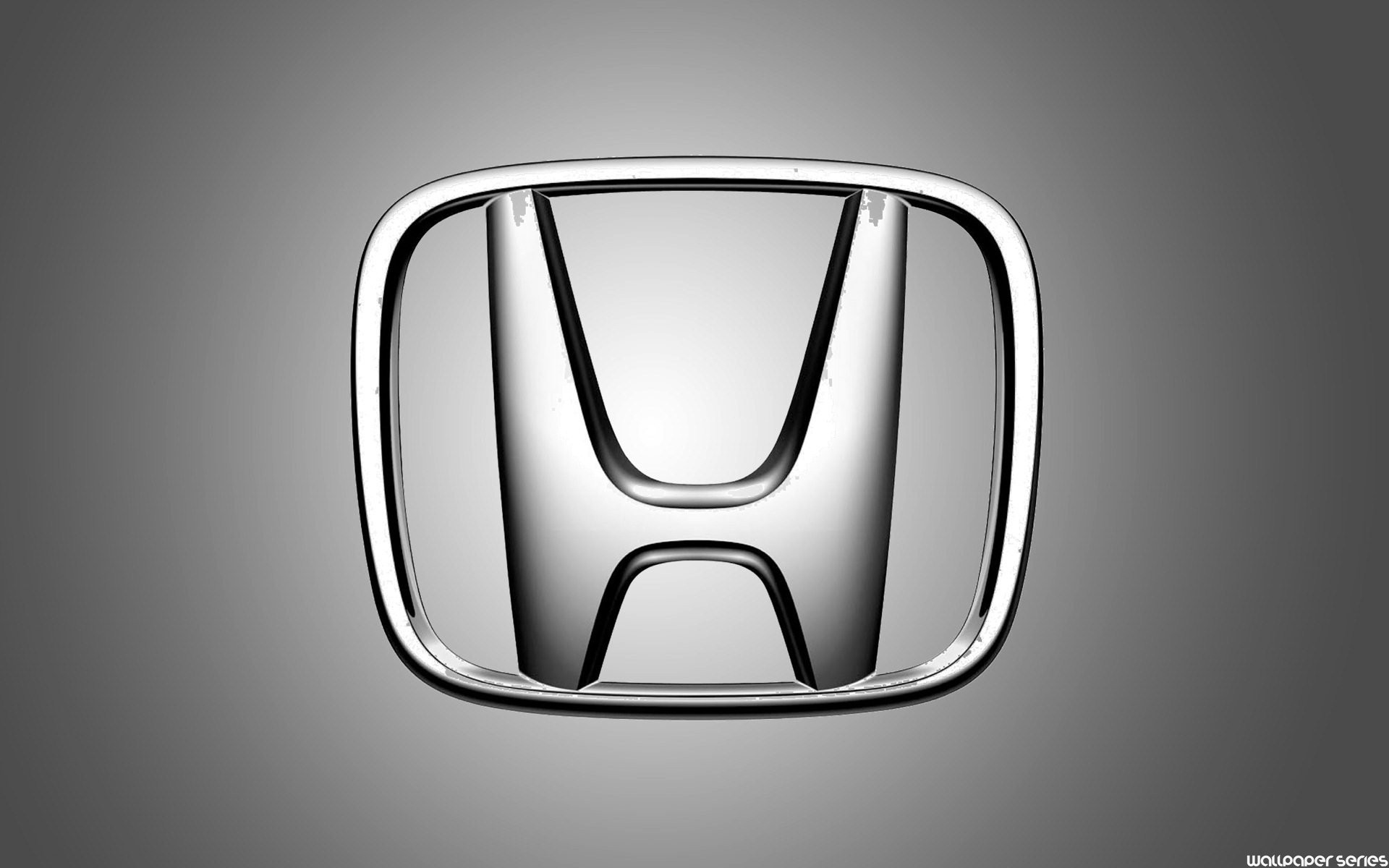Honda Porsche fan wrote: ↑27 Oct 2022, 21:04
MadMax wrote: ↑27 Oct 2022, 21:00
Do they rebuild because of the block or because of the bits in the block that whizz up and down and round and round at high speeds? Clue: it's not the block.
F1 engines are quite fragile. They've come a long way since the 1980's and 1990's but still fragile. F1 engines are not even producing 19,000 rpm like they use to. If current F1 engines were reving much higher they would last maybe two races like they did back in 2004-05.
So what? The current rules do not allow for 19k rpm so the longevity of a current engine at those speeds is irrelevant.
If the engine lasted as long as it was required to, what's the problem? You design something for a given purpose and with given parameters and then choose materials, etc., to suit those parameters. If aluminium works and is easier to make, why choose something else?
Again: what is your purpose in pushing the idea that F1 should use CGI in the engines?
An F1 engine block and heads made out of CGI would be more powerful, more compact and last longer.
No it wouldn't. CGI is not a new technology, it's been around for half a century. It's only used where the rules require it. You have nothing to back this up with and keep bringing up tensile strength as if they need more. Clearly they don't and you're ignoring about a dozen other considerations for material choice.
I would really like to see Nascar go back to what they were doing in the 1990's with engine rules that allowed engine builders to aggressively invest in new valve spring design/construction and push the rev limits.
In the late 1990's and early 2000's before the rev limit, the iron blocks were fine, it was the valve springs and valves that were not capable enough.
I always wondered what a "Desmodromic" Ducati type valve actuation would be like in a Nascar engine that did not have to worry about valve spring limitations.
PVRS is a better solution than a Desmo type valvetrain. The Desmo valvetrain came about before PVRS. Del West proposed to NHRA a PVRS system for NHRA Pro Stock in the 1990s but NHRA rejected it despite builders being onboard. They didn't even bother asking NASCAR because they already knew the answer.
NASCAR engines were at about the limit and would be at the limit of what the pistons could withstand with no limit. They already had higher peak piston speeds than the 19,000rpm+ F1 engines. It would require allowing MMC pistons with no weight limit, and even then, it would eventually require less stroke. The biggest change they could do if they wanted to keep the architecture and rpm limit, but make the engines more powerful is get rid of that silly EFI system that was spec'ed, let me them go with a bespoke manifold actually designed for fuel injection, allow them to run MUCH higher fuel rail pressures (I think they're like 5.5bar, a blank sheet port injection design would be north of 200 bar these days) and put the injectors where they want. Both NASCAR and NHRA Pro Stock spec'ed fuel injection systems that are 1990s sophistication wise, but everyone has to run the same stuff, so it doesn't really change the show, but that's all a sidebar.

